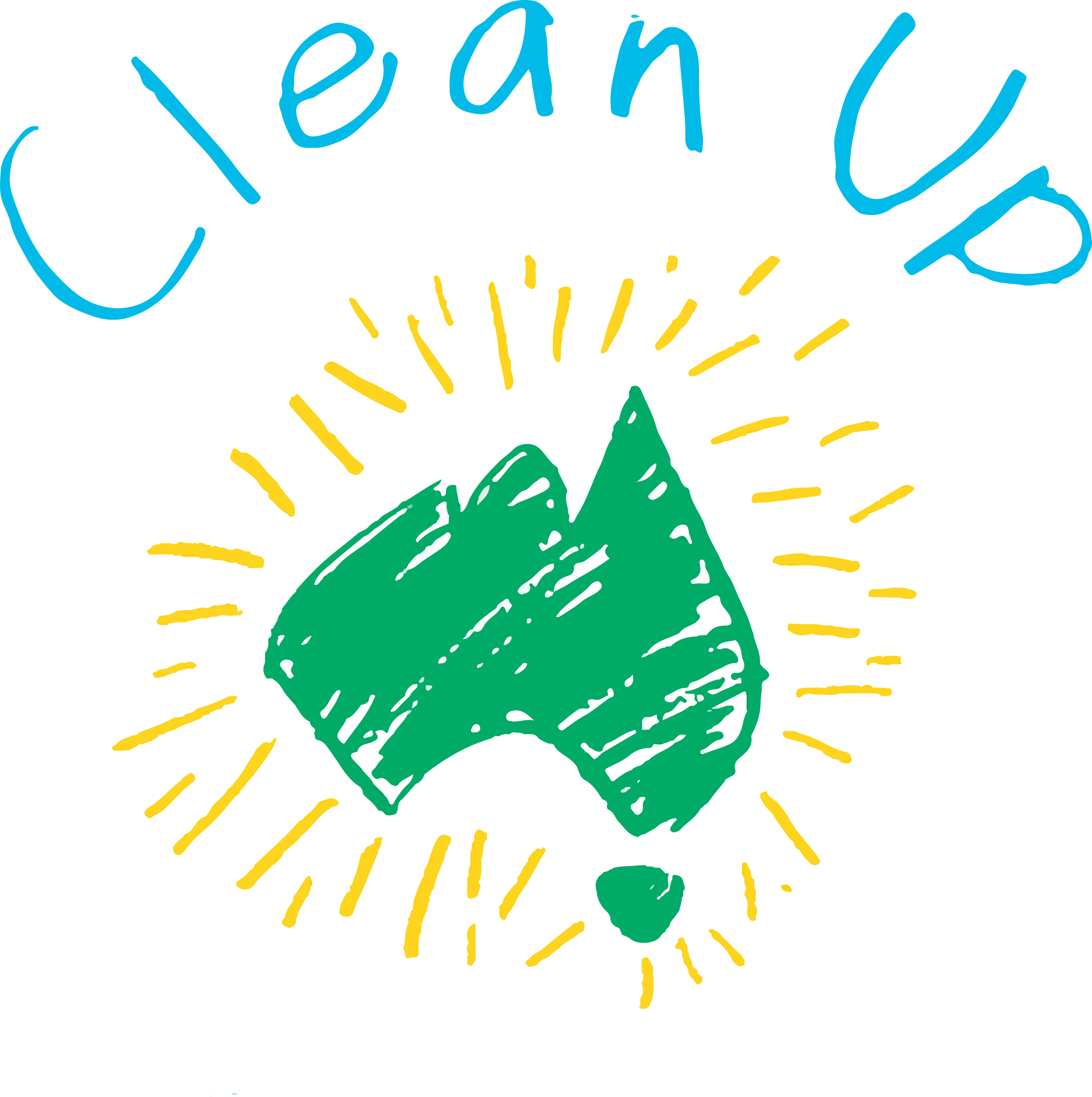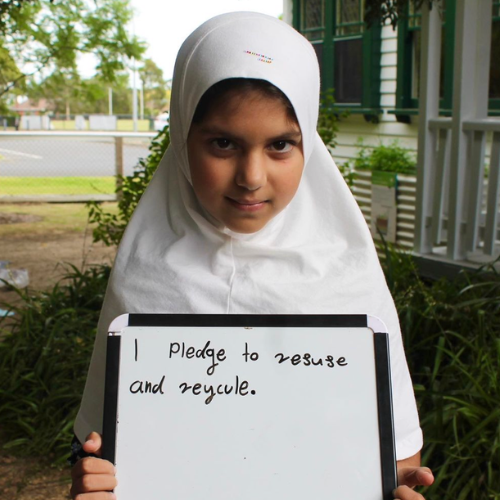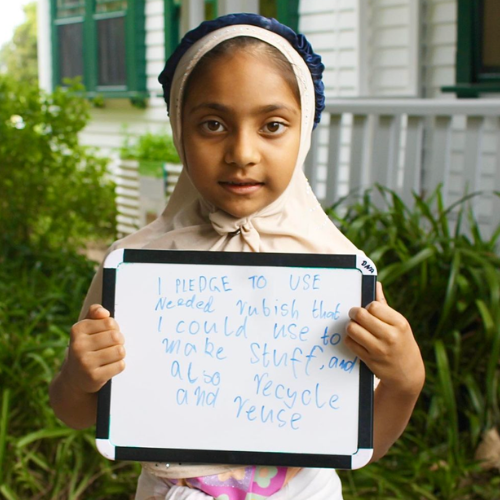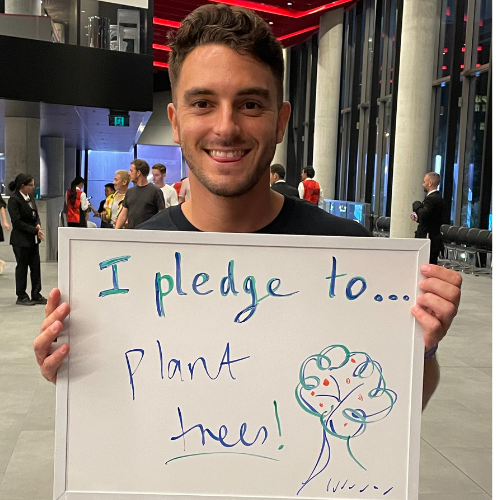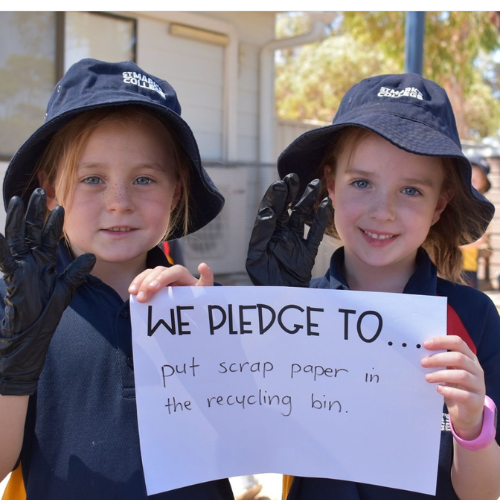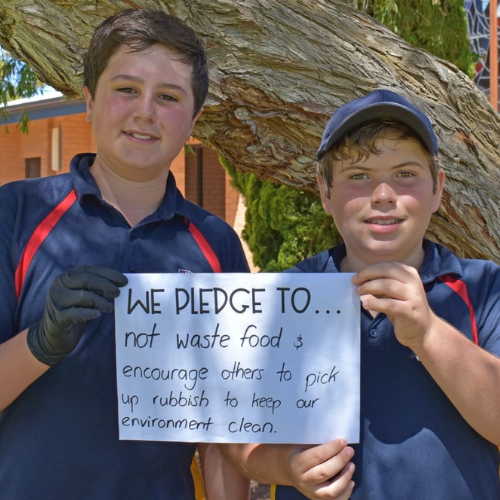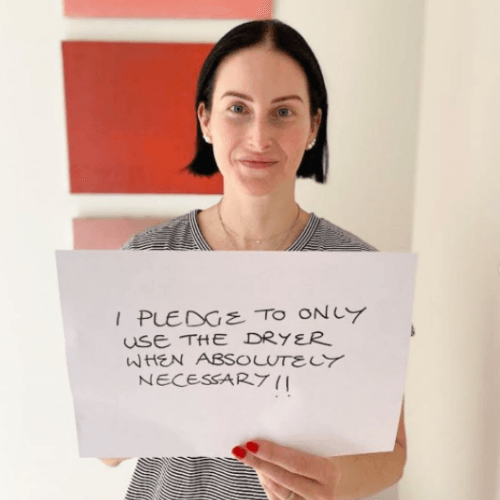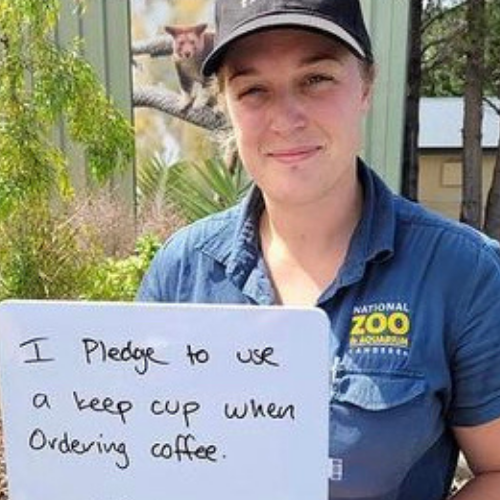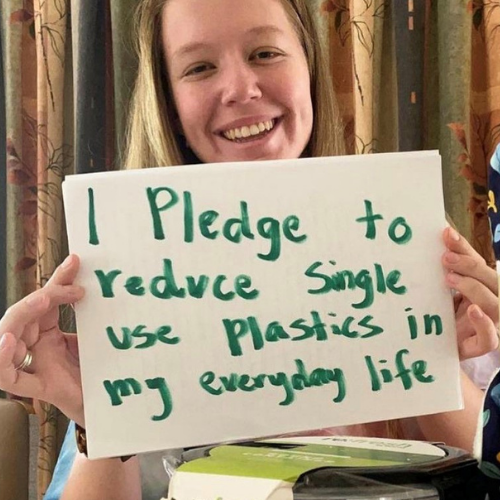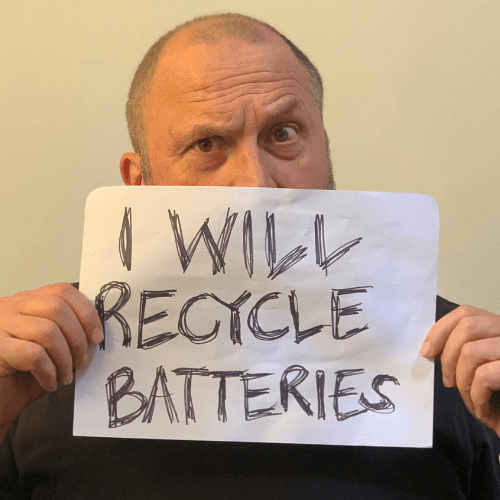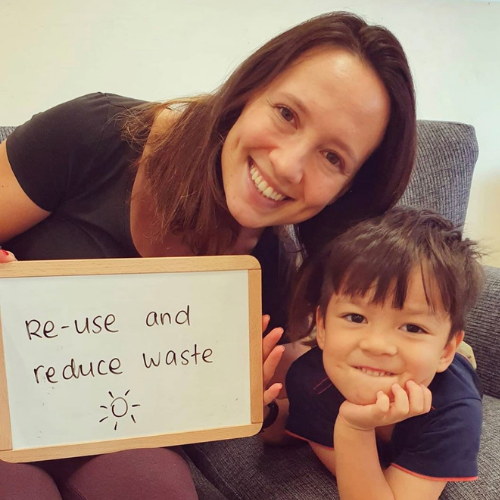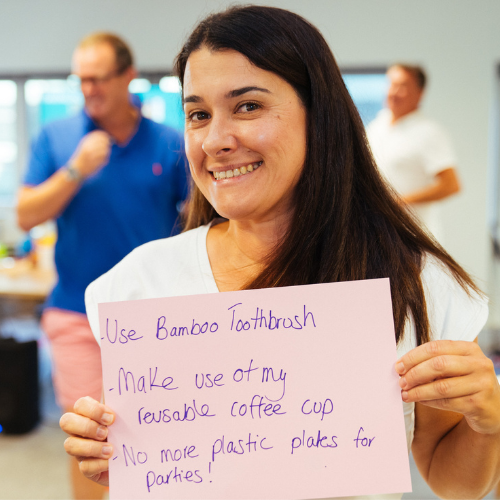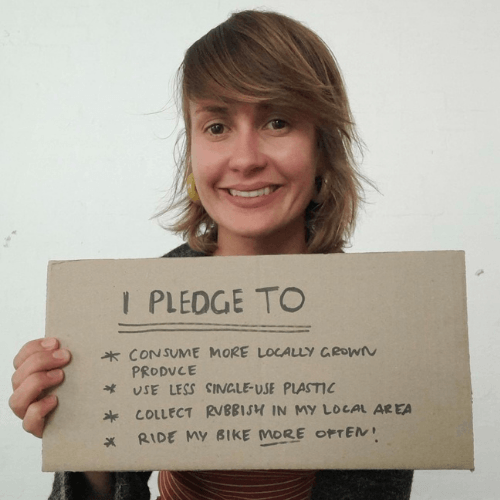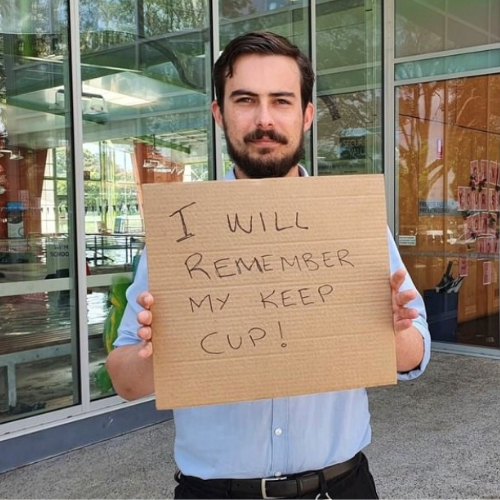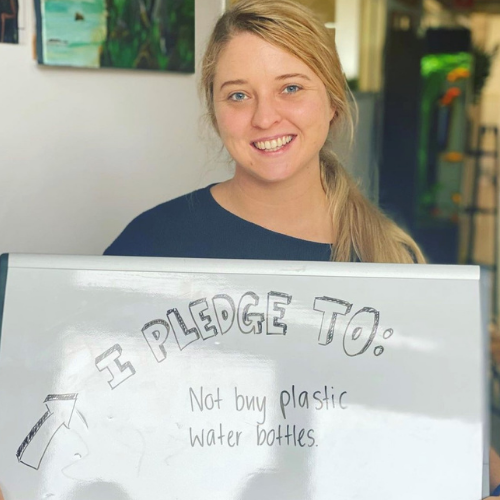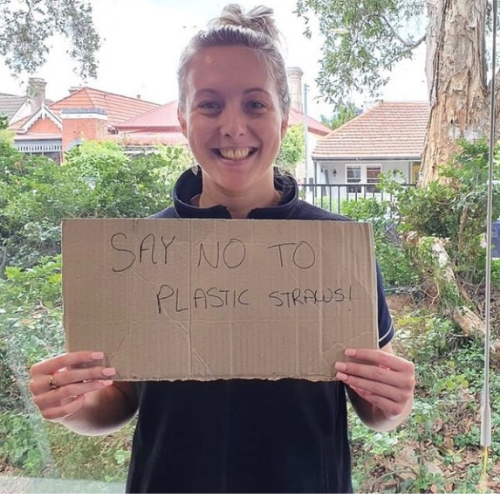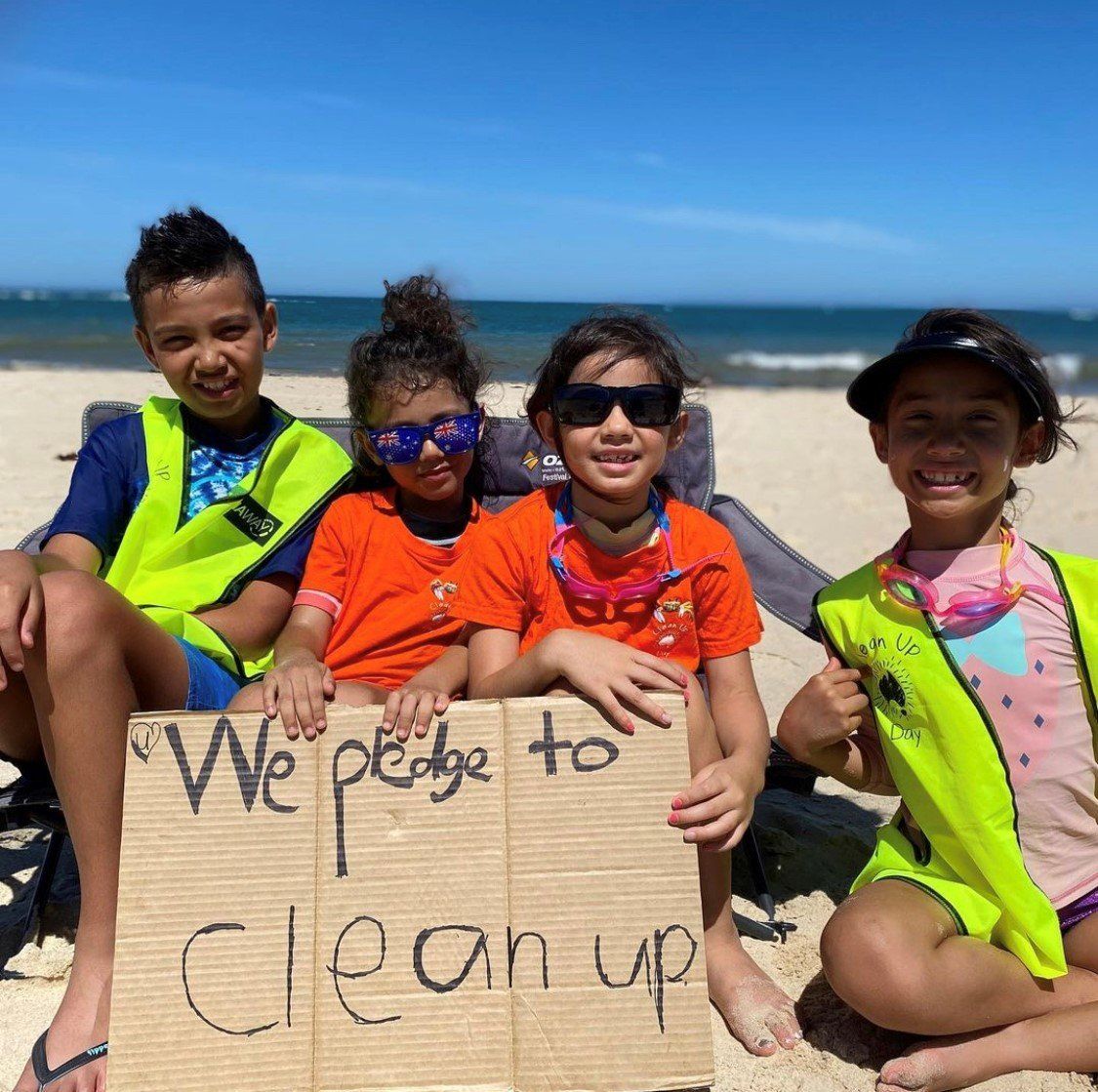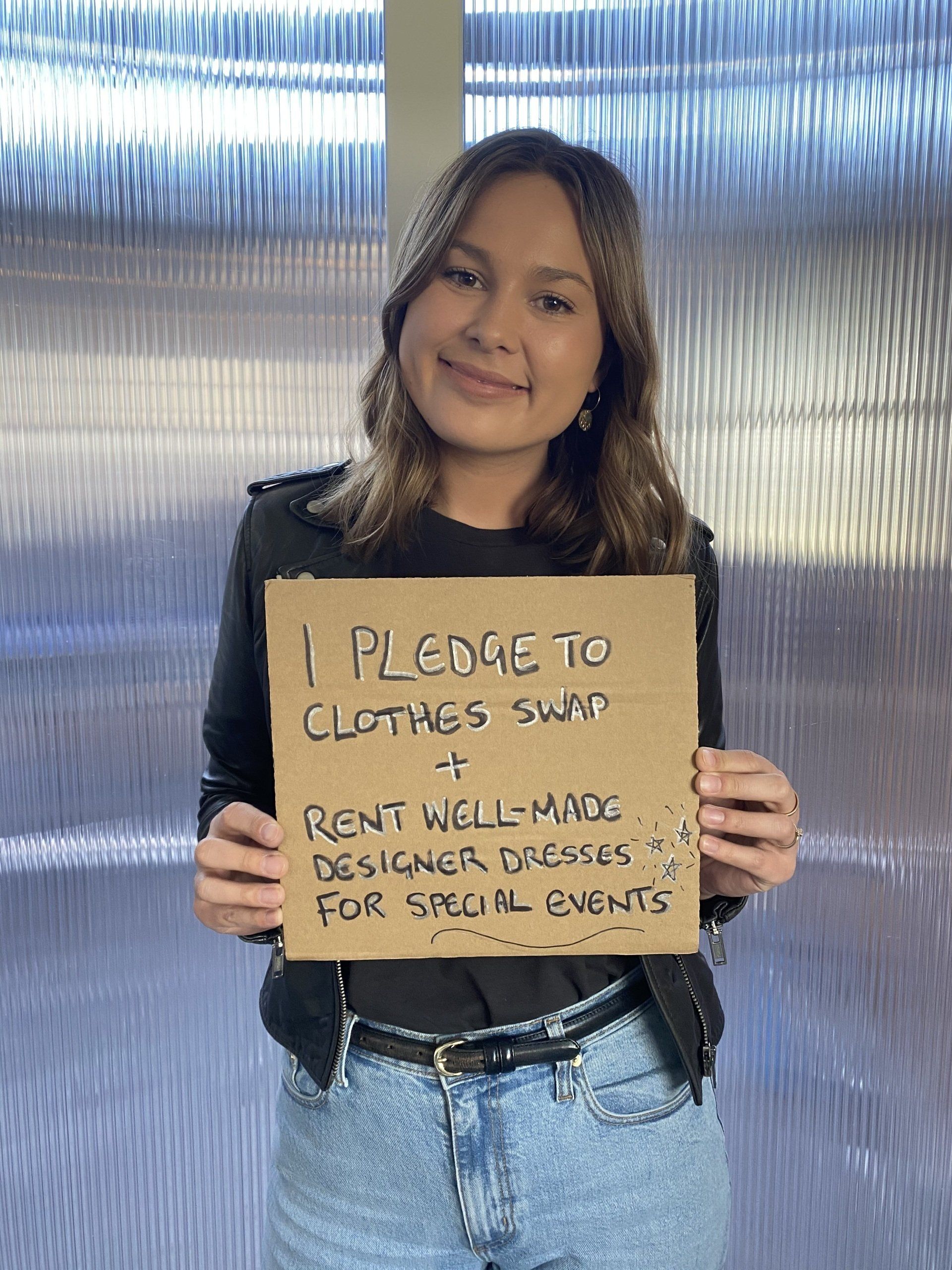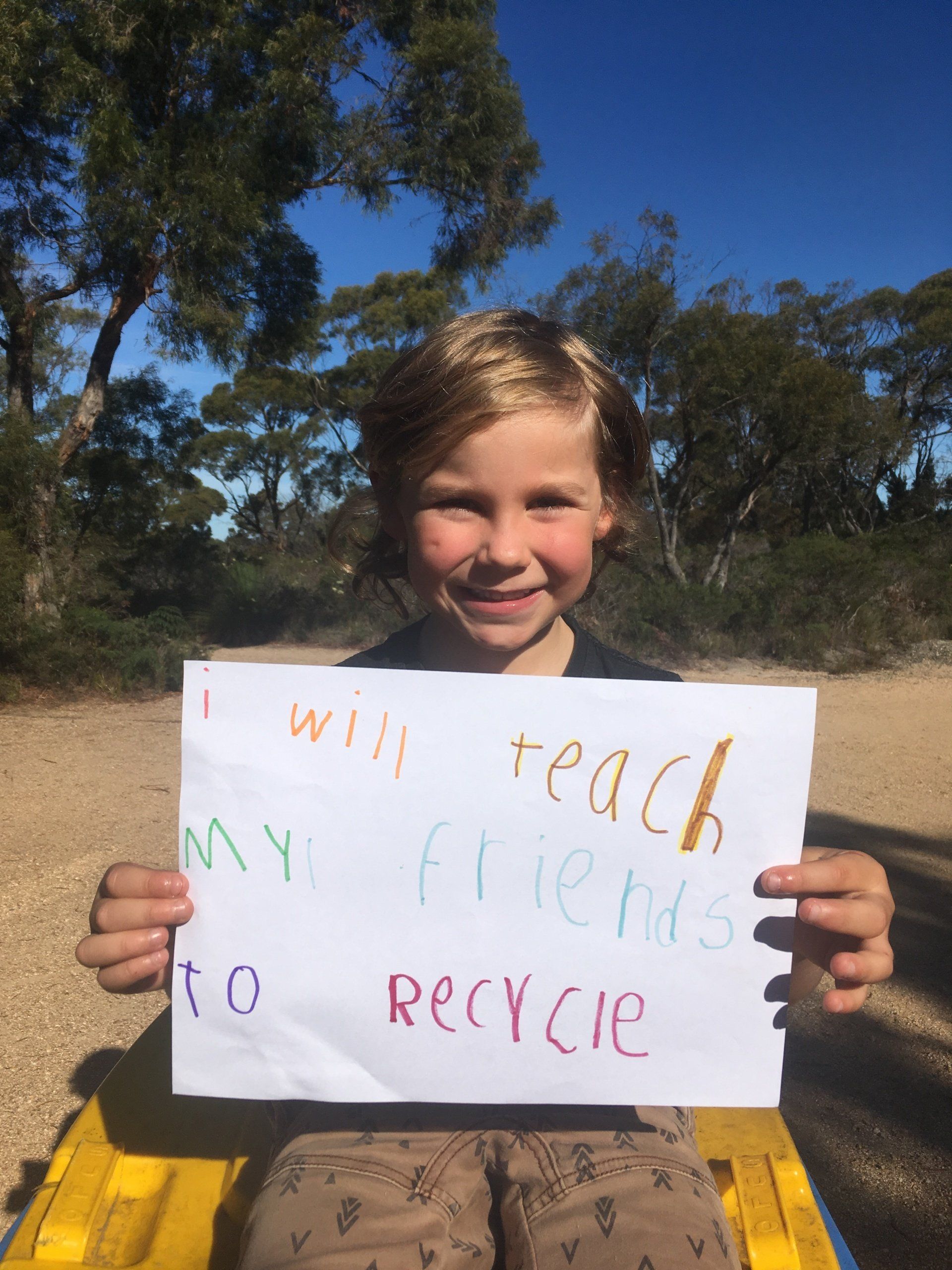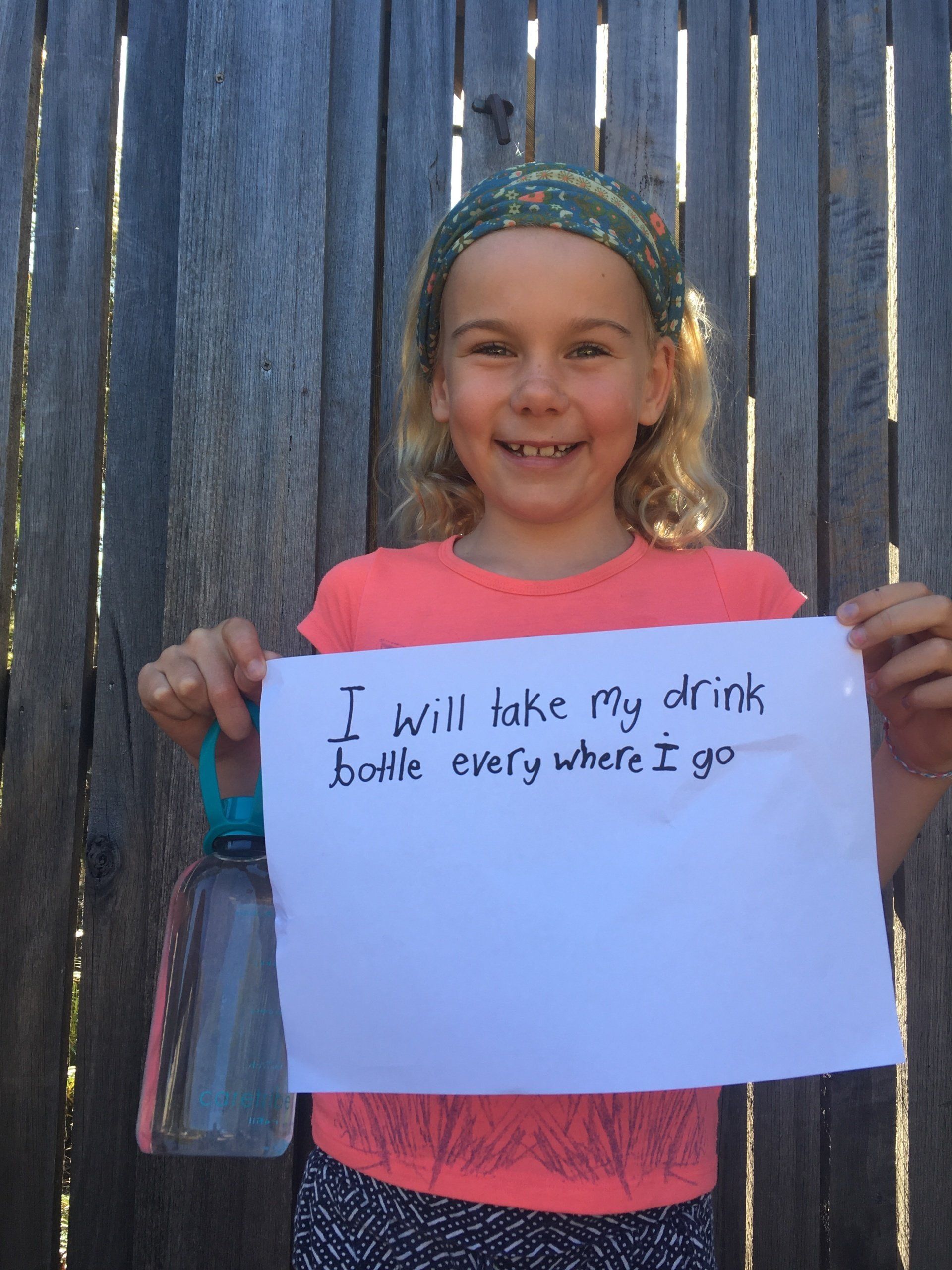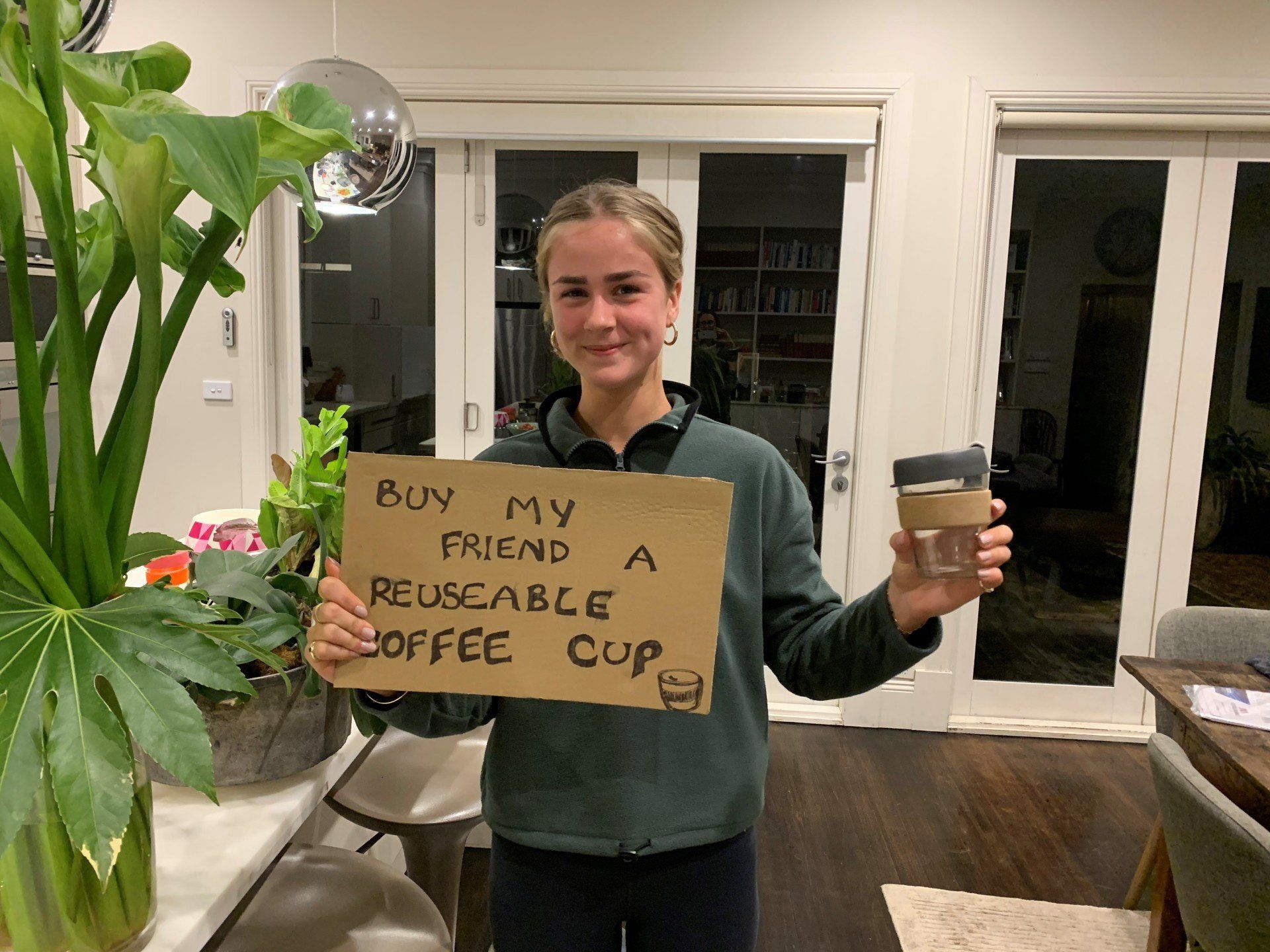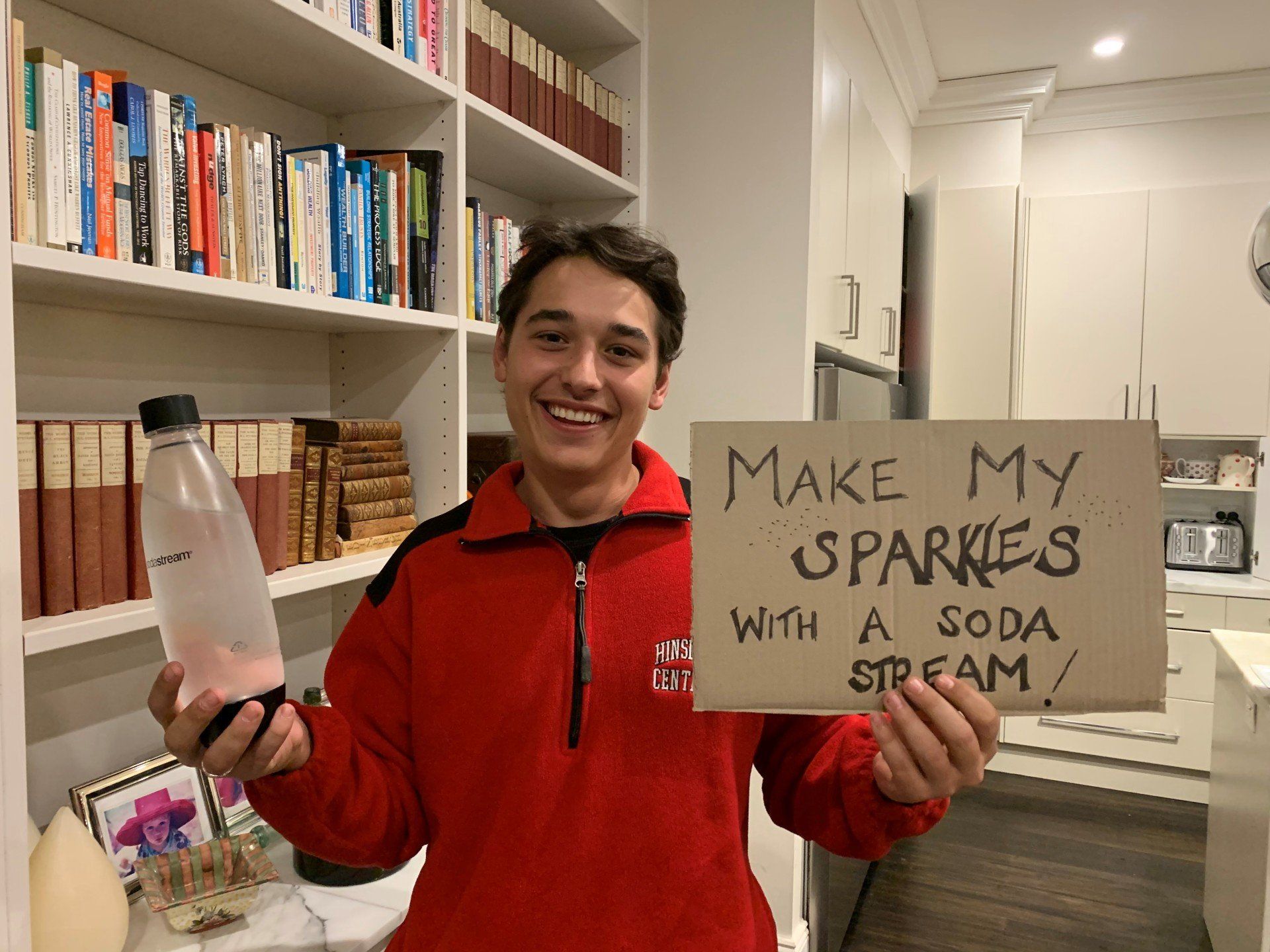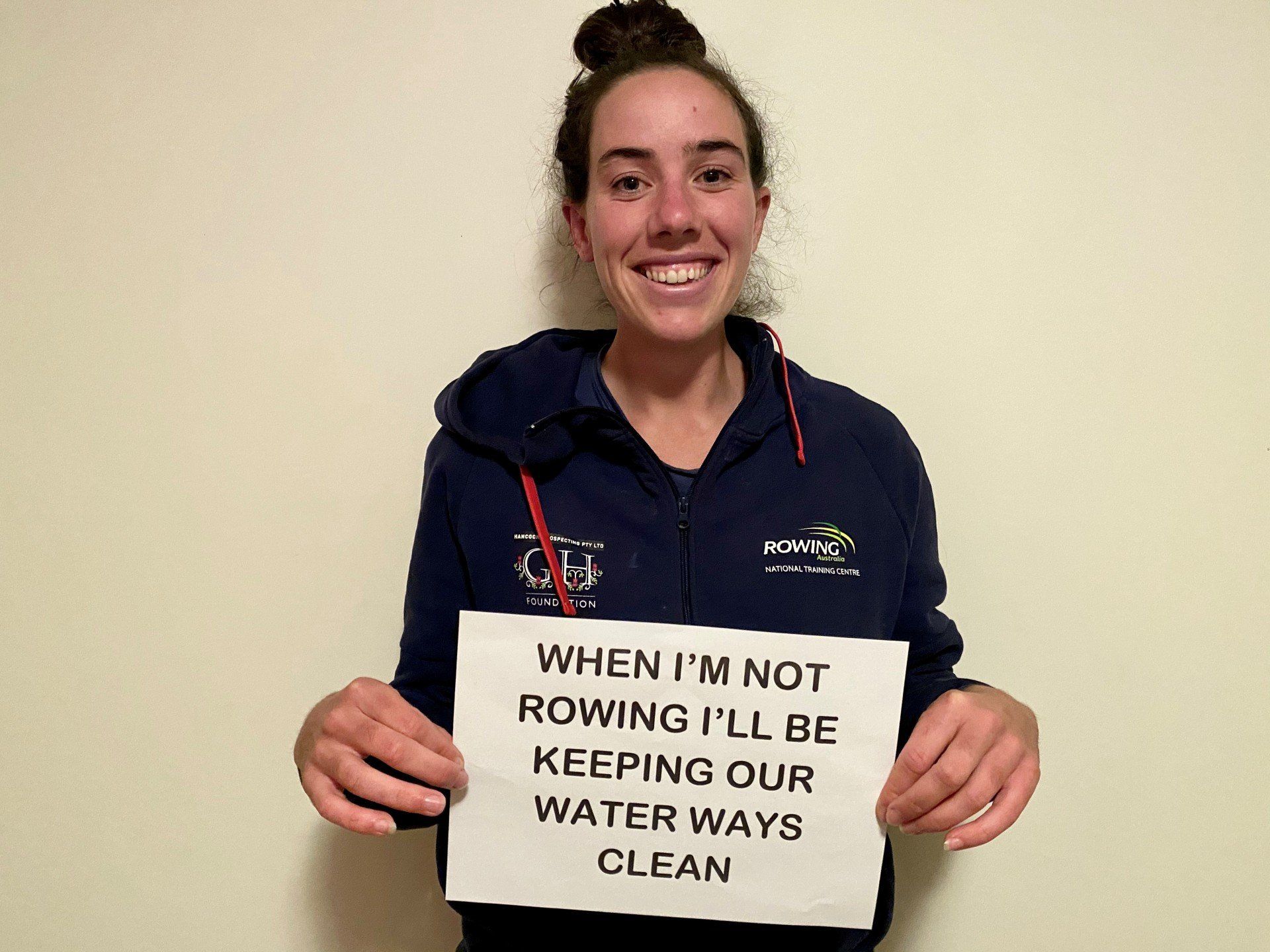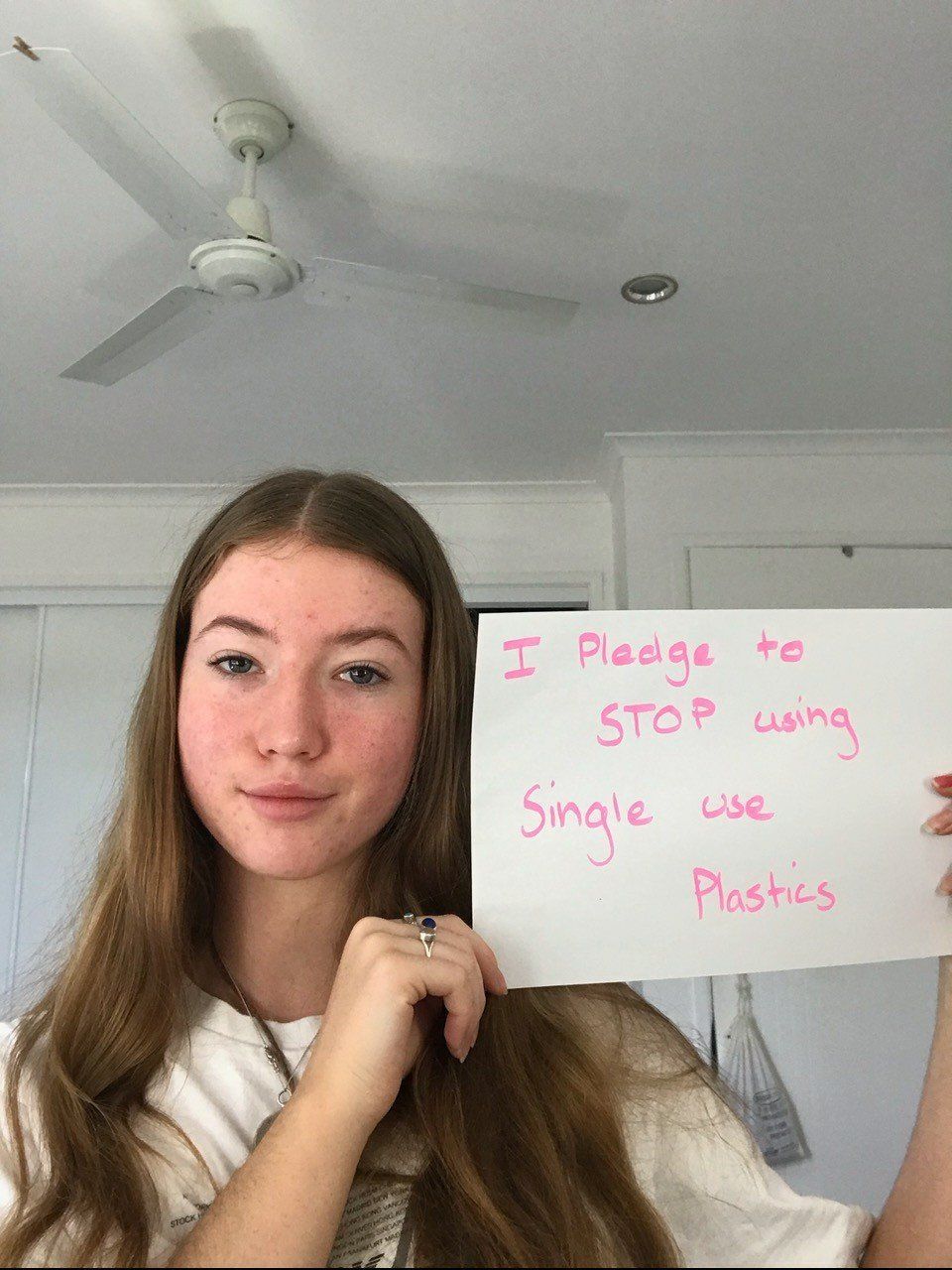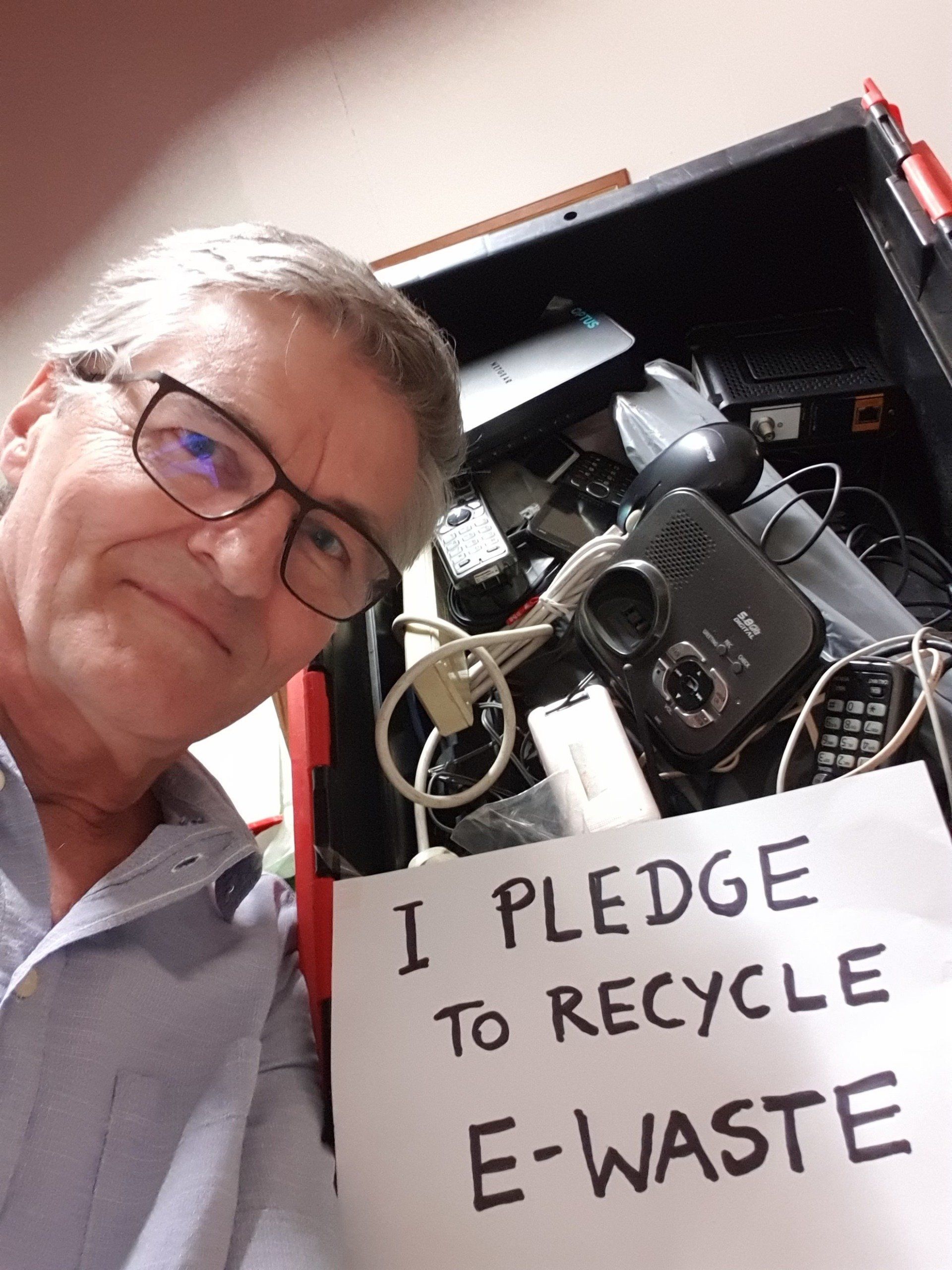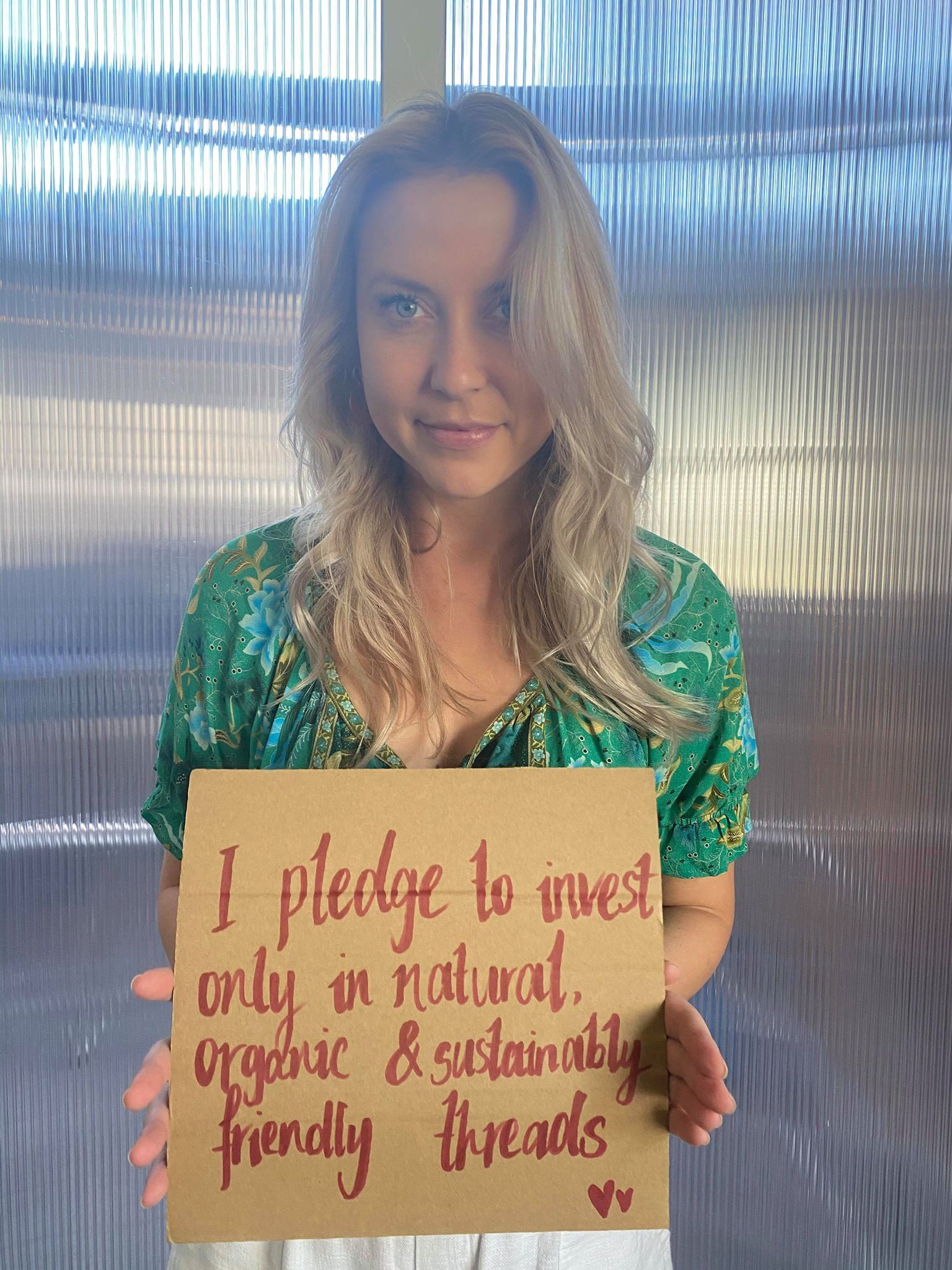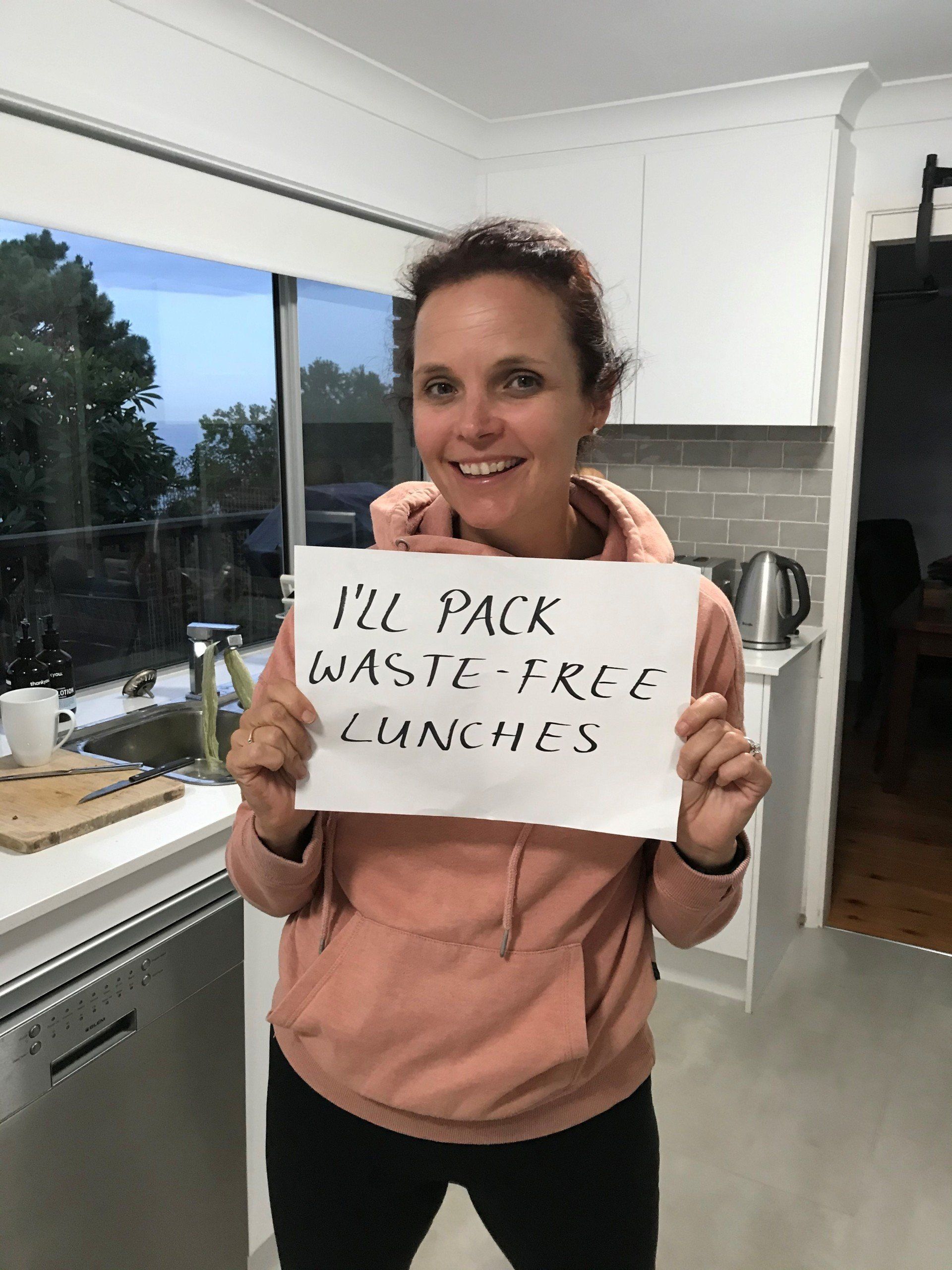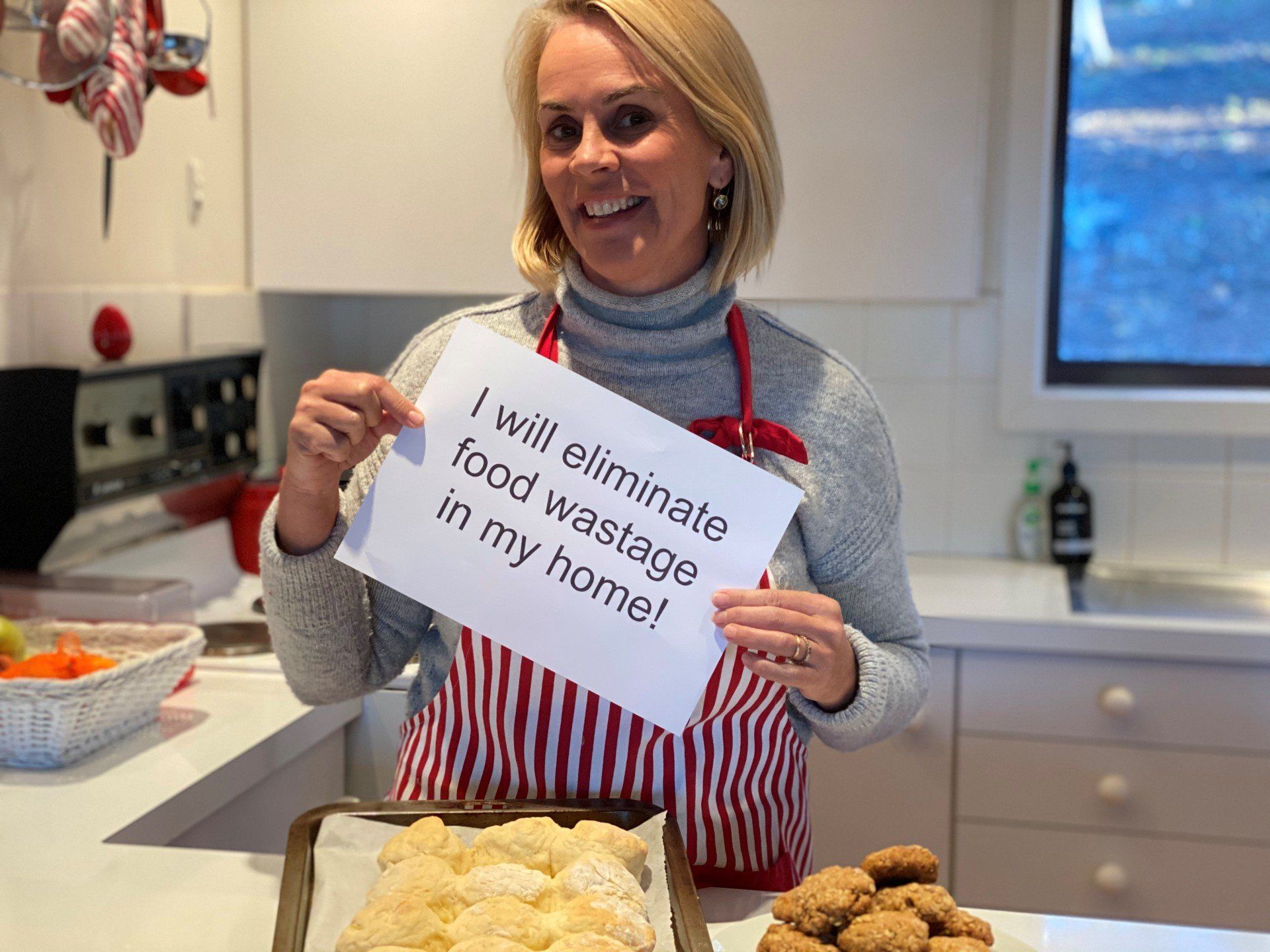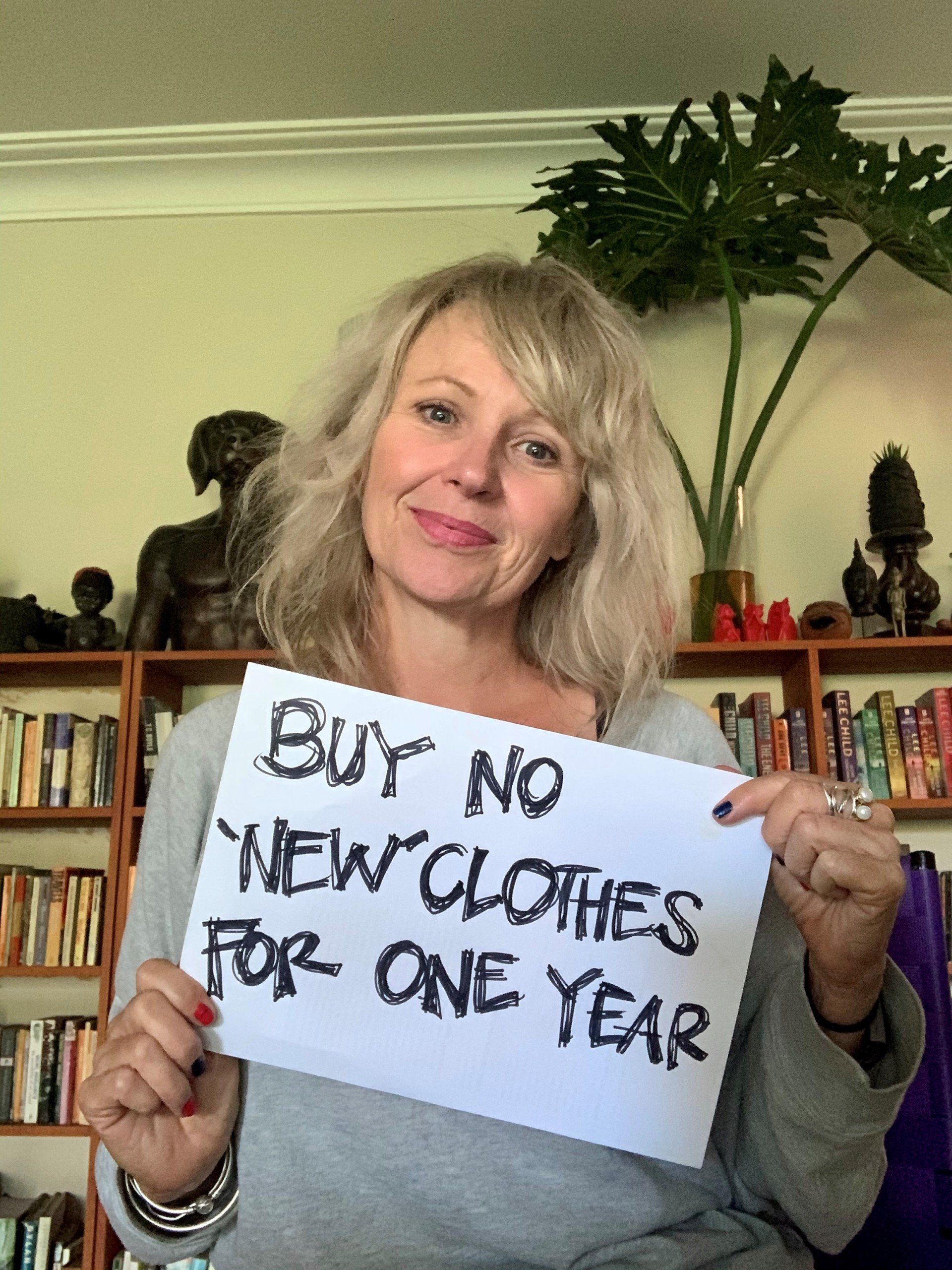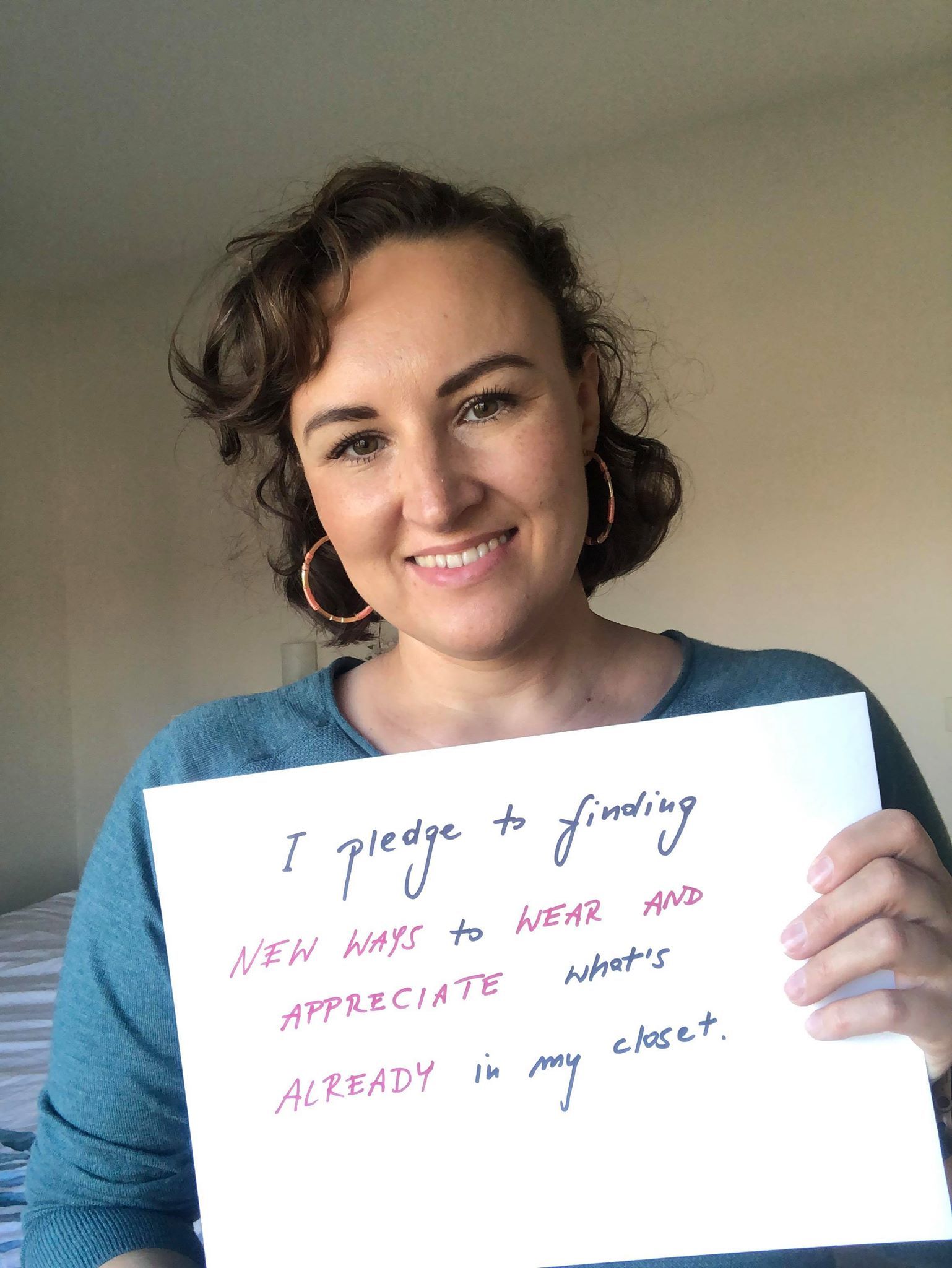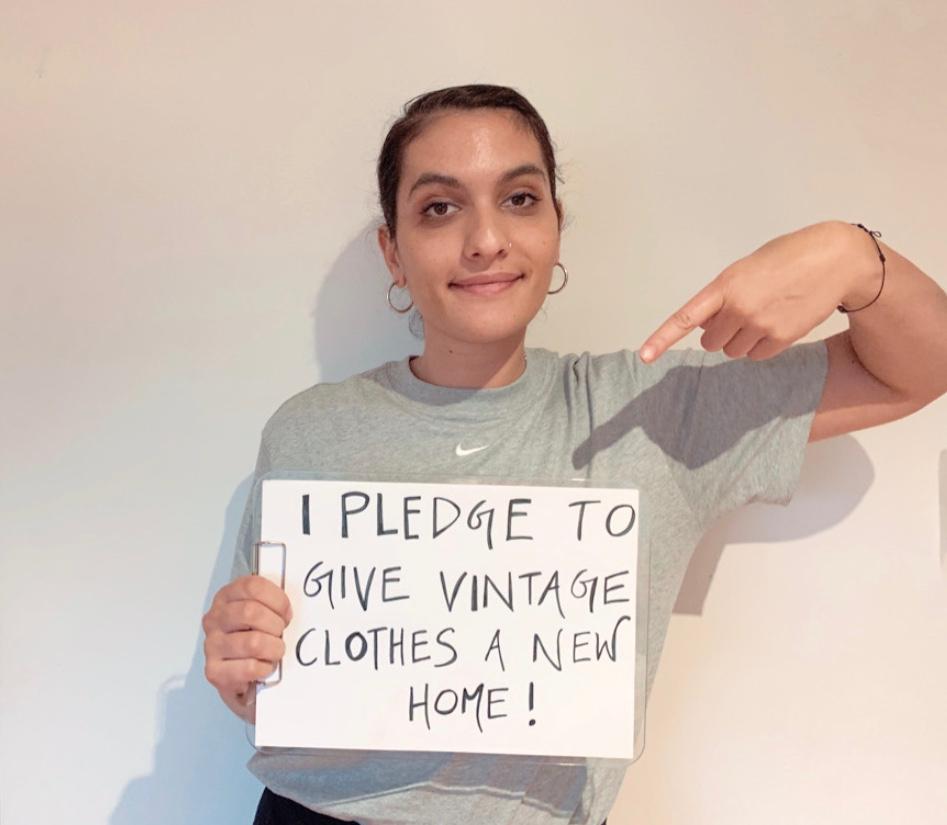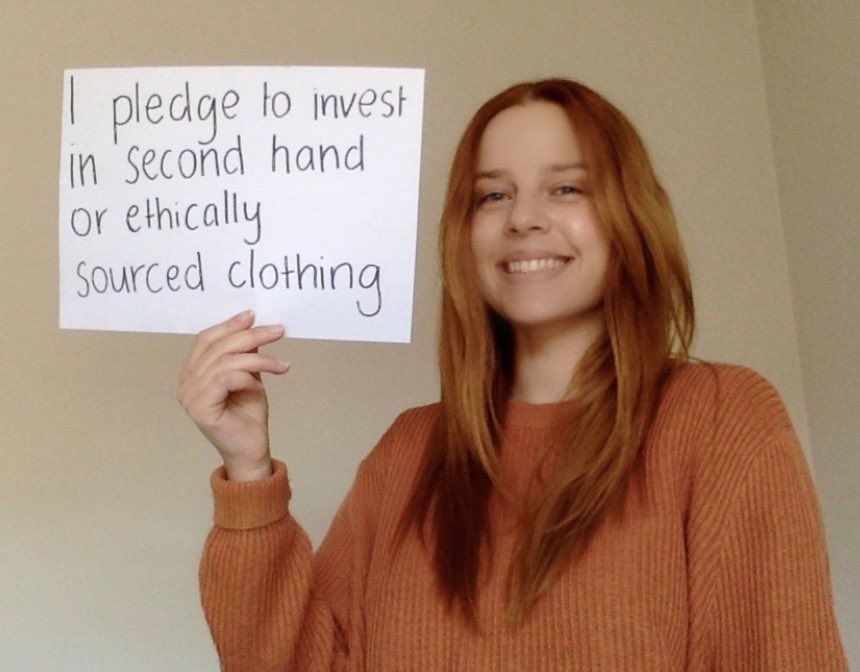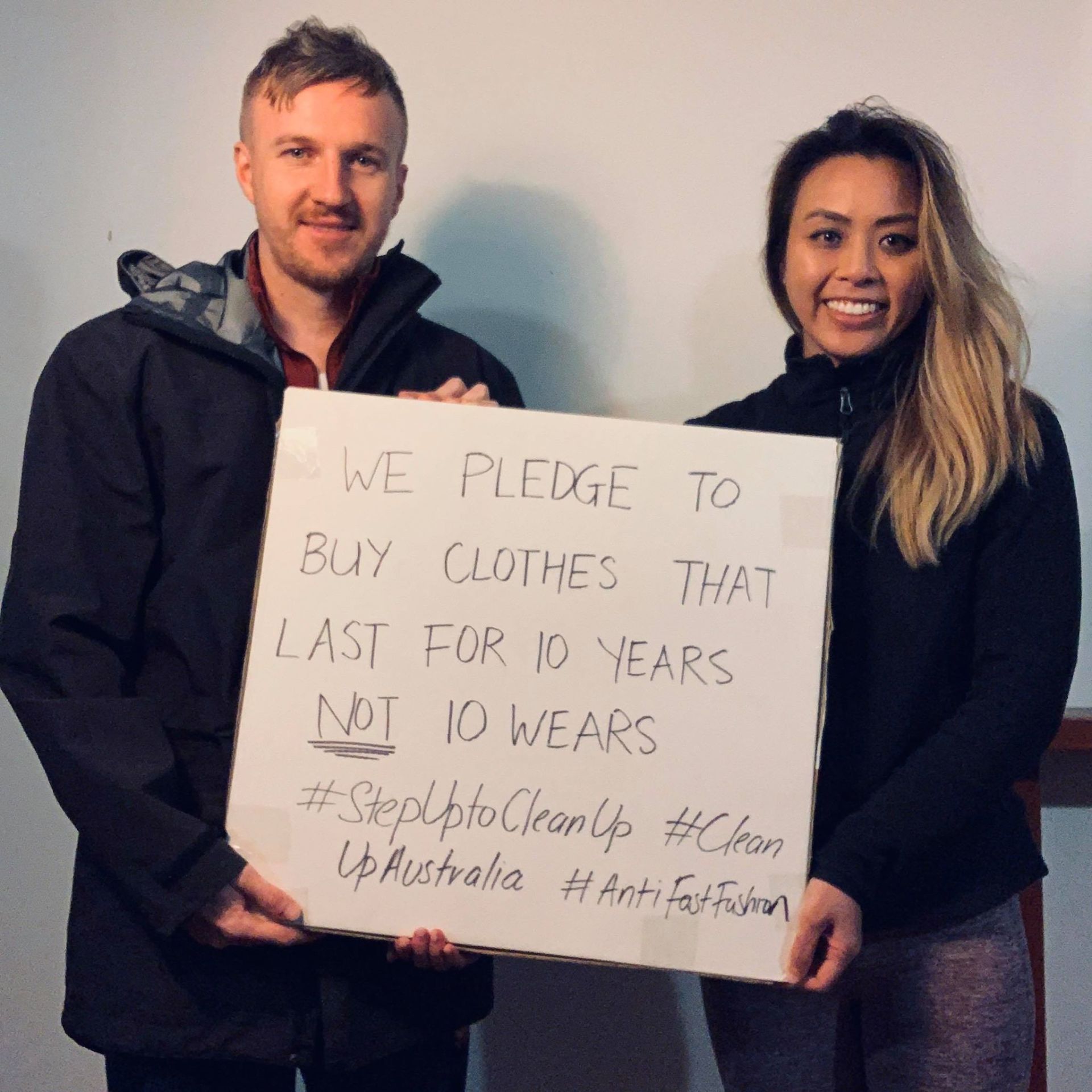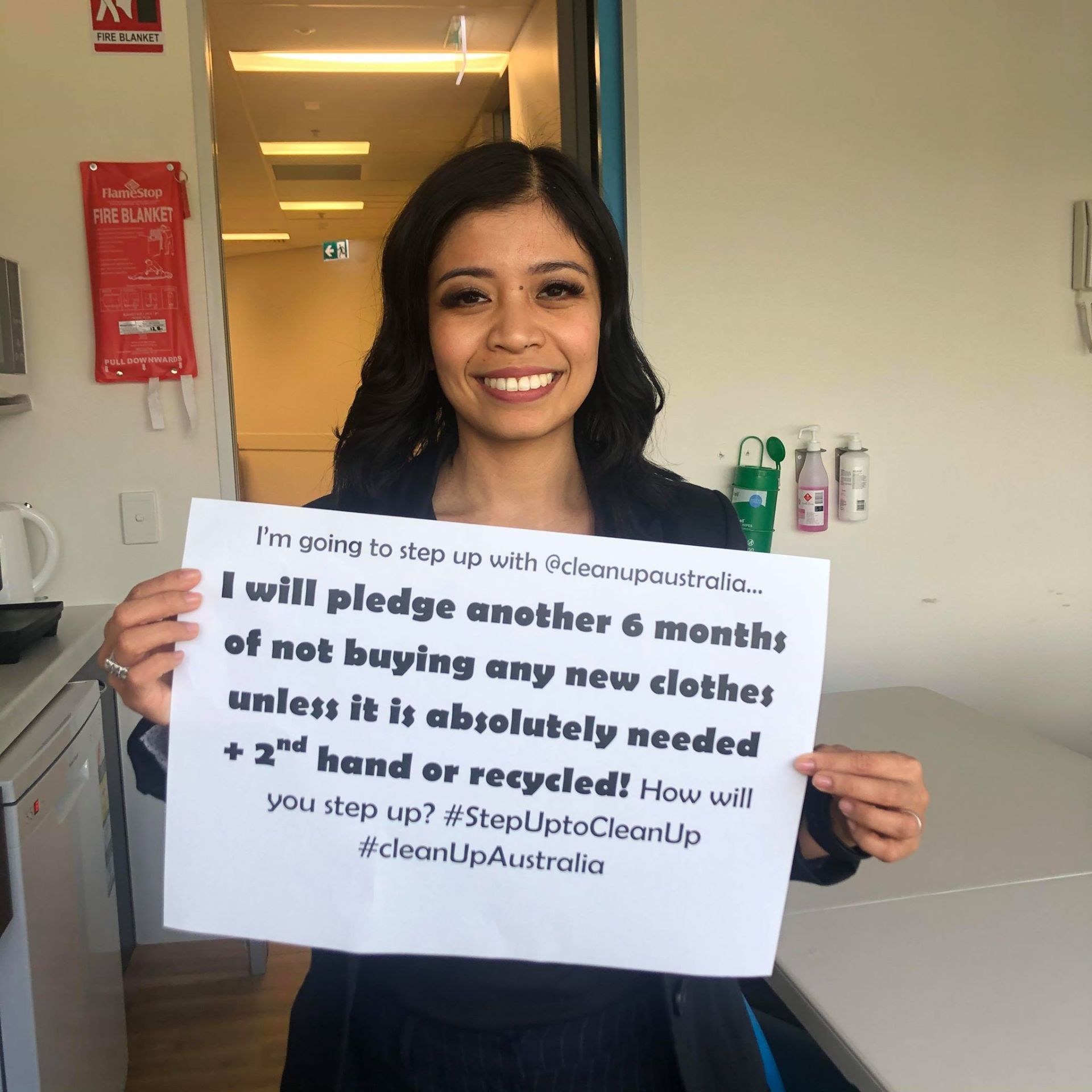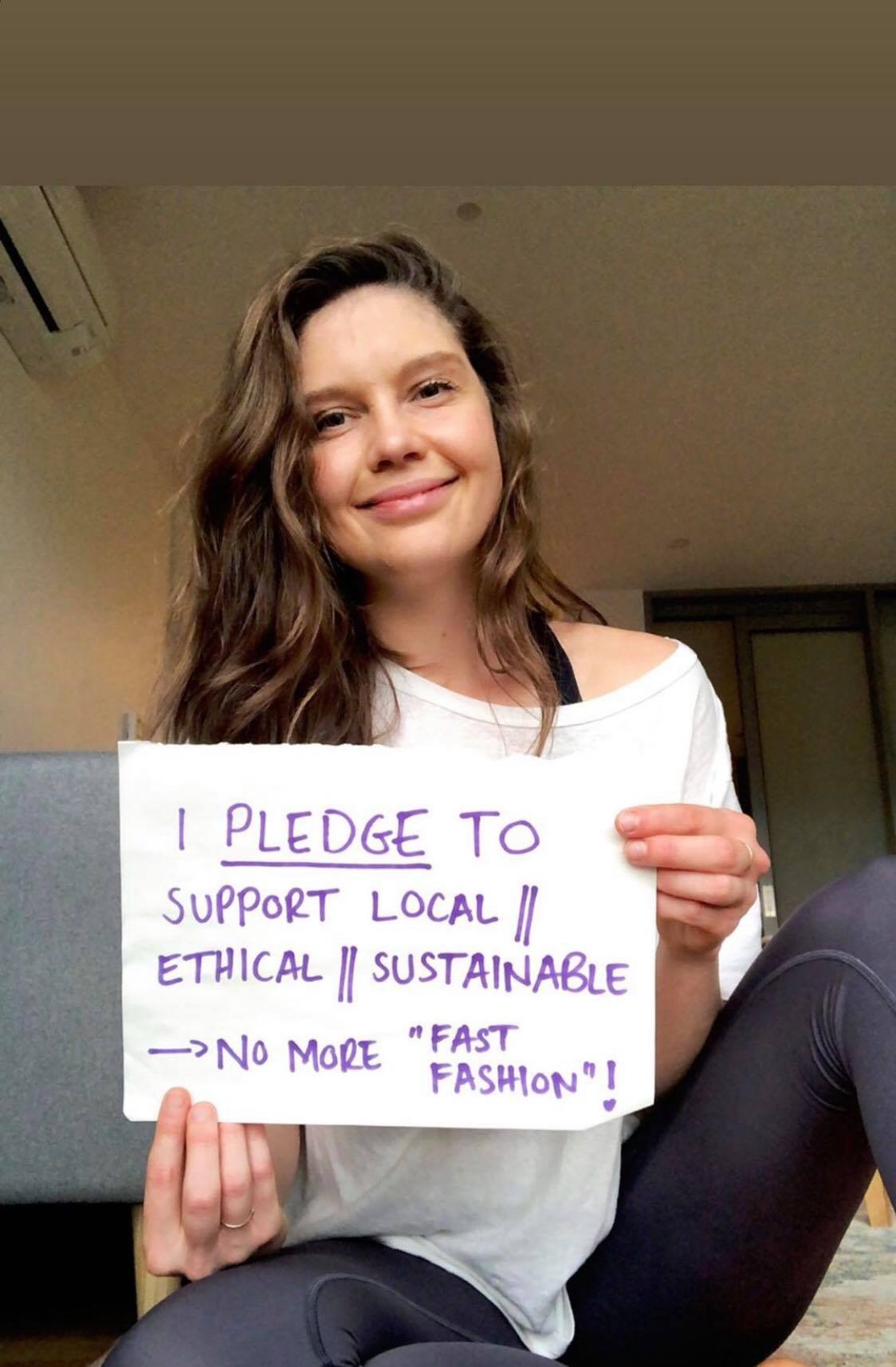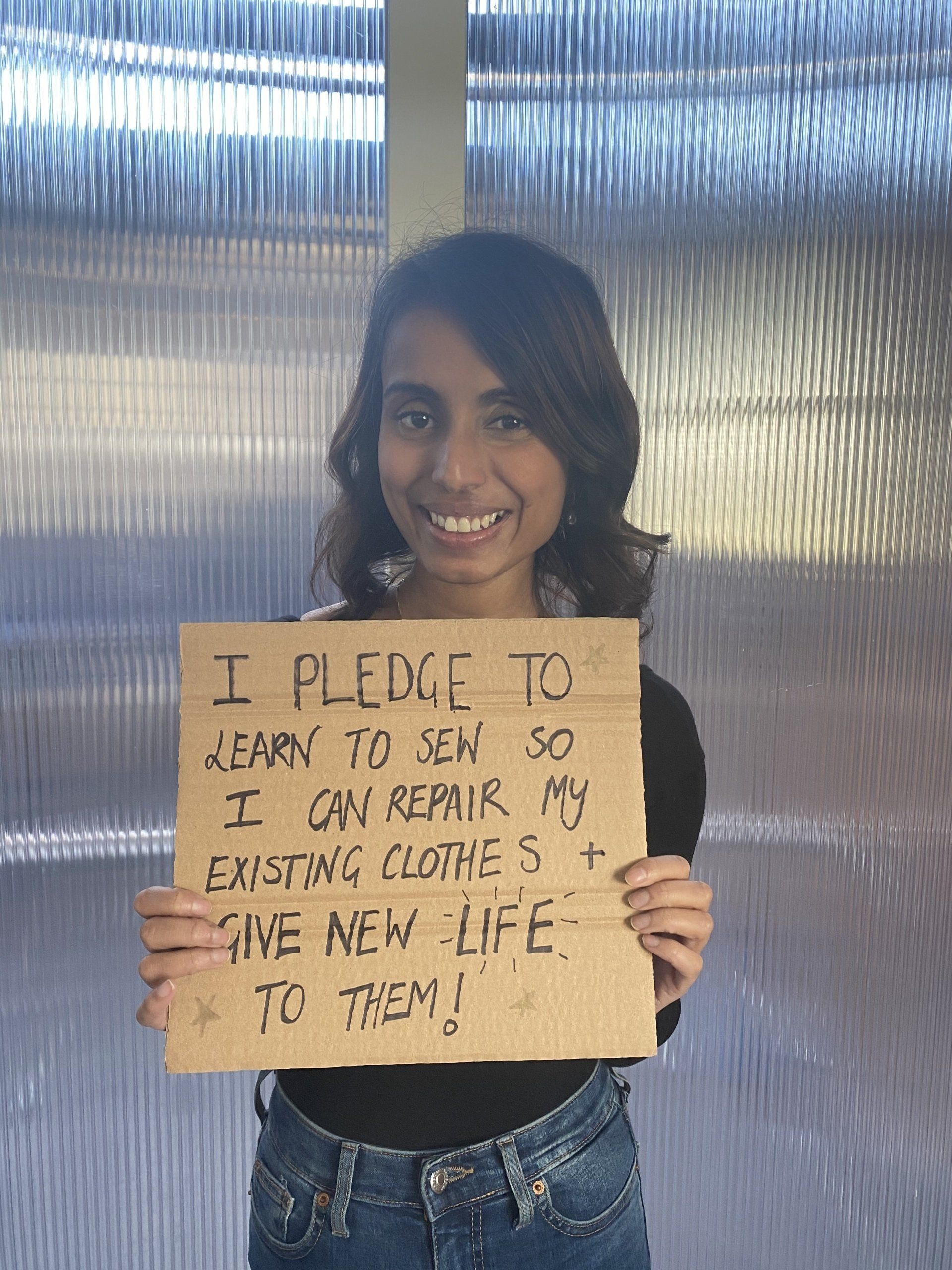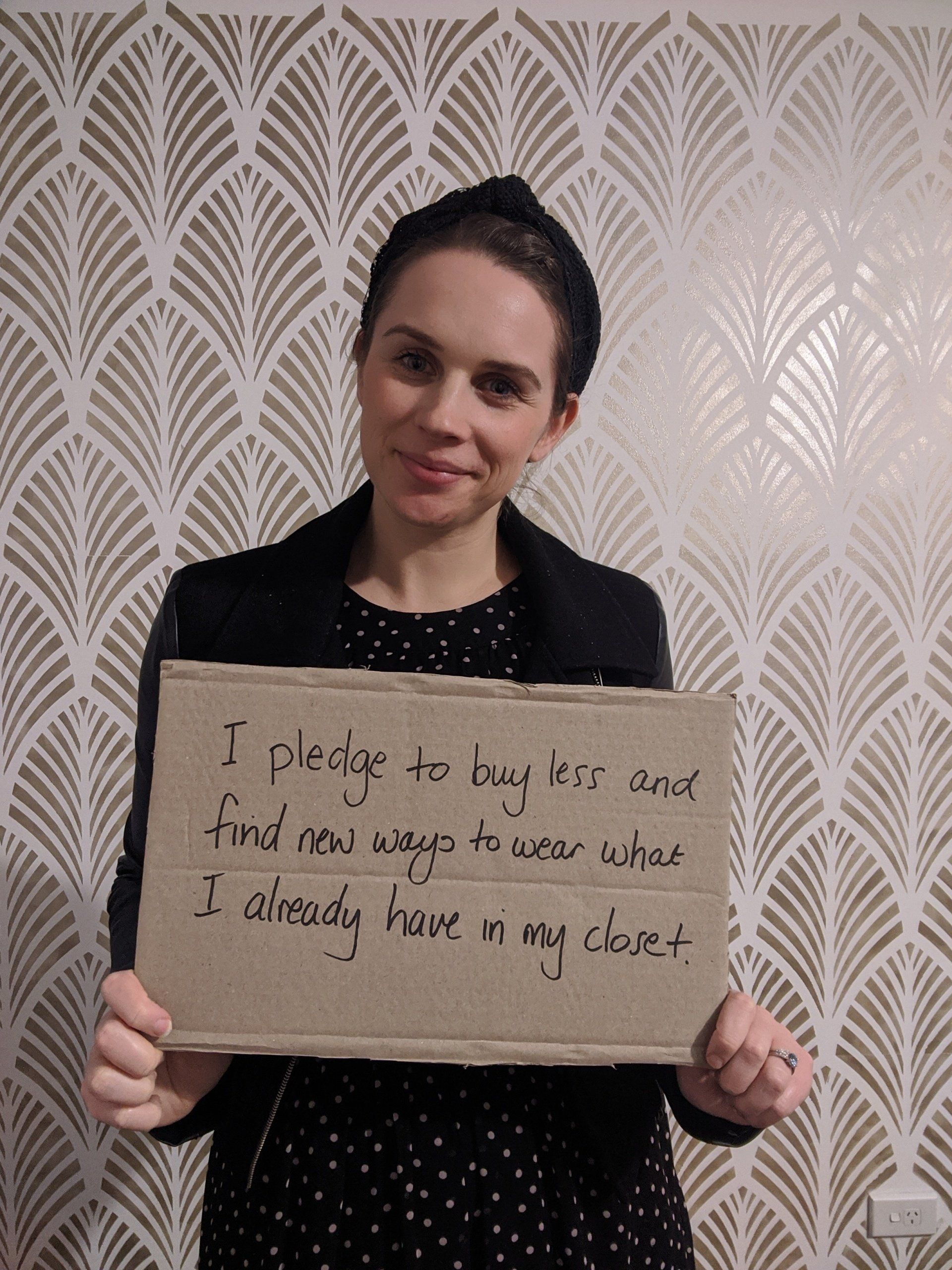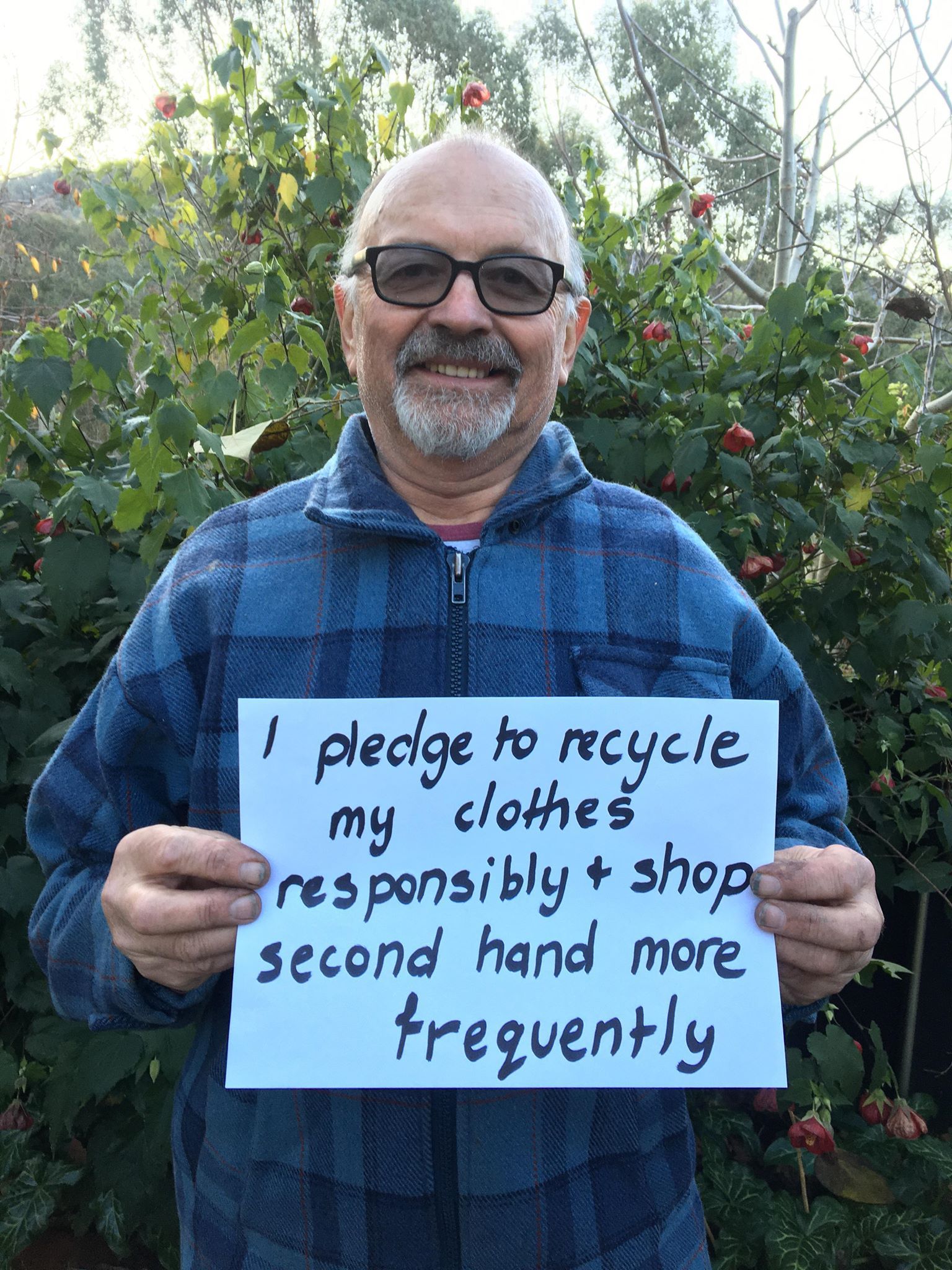How to indulge sustainably this Easter
Chocolate Easter eggs and bunnies are delicious but they can create a lot of waste from their packaging.
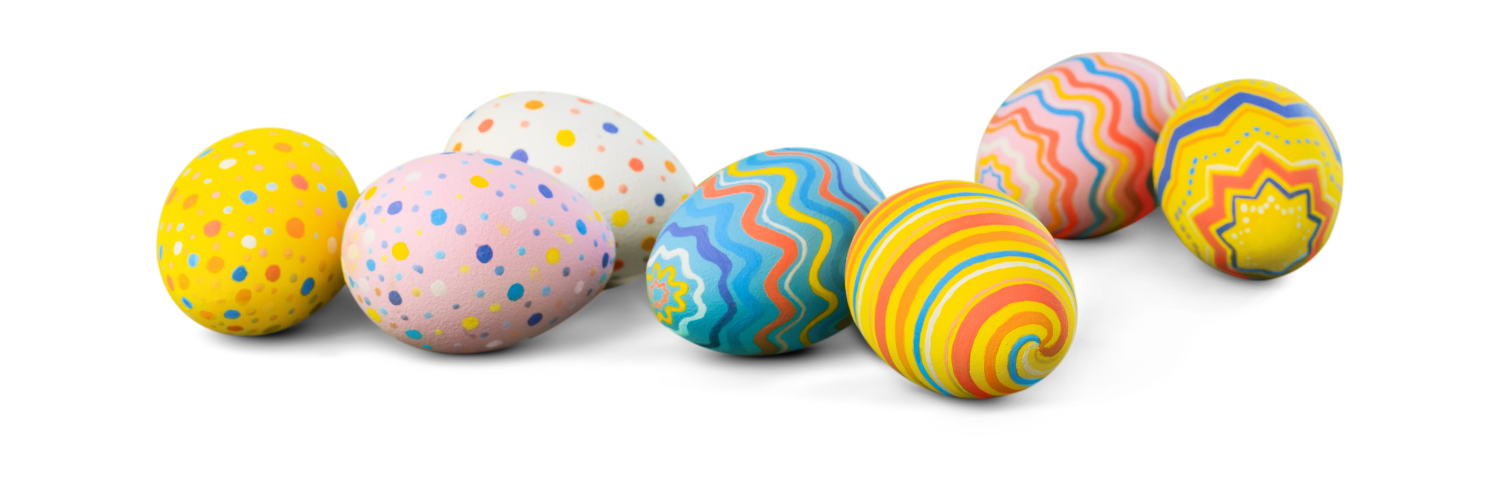
Indulge this Easter with sustainability in mind by doing these three R’s from the waste management tool kit – Refuse, Reduce and Recycle. You can help the environment and even save money by saying ‘no’ to excessive packaging, reducing your consumption, and recycling responsibly.
Now it’s time to hop to it! Read on for some tips for making sustainable decisions about chocolate this Easter.
Refuse excessive packaging
The waste created by the packaging used for Easter-themed chocolate can be reduced if we make different purchasing decisions. Refusing to buy chocolate with excessive packaging means there will be less energy and resources used for recycling, which is better for the environment.
When you’re doing your Easter shopping, choose chocolate with less packaging such as eggs or bunnies wrapped in aluminium foil only, blocks of chocolate, or package-free chocolate (for example, from bulk food stores). If you’re into DIY, you could just buy cooking chocolate (blocks or melting buttons) and make your own chocolates using a reuseable mould, which is also cheaper than buying Easter-themed chocolate. Avoid buying chocolates packaged in plastic which could include those with plastic moulds (holding the egg or bunny upright), plastic windows on cardboard boxes or plastic boxes/containers.
Saying ‘no’ through your purchasing decisions tells manufacturers that you prefer Easter-themed chocolate with more sustainable packaging.
Reduce your consumption
Many of us probably think about eating a lot of chocolate at Easter-time but it could be about having fewer, better-quality, chocolates. It’s possible you will appreciate what you do have, more than if you have a large supply of it. Buying less Easter-themed chocolate means there will be less waste from packaging material and it may be easier to recycle the waste that you do create. For example, buying fewer, larger eggs or bunnies means the foil can be more easily balled together to be recycled (compared to the foil from small eggs).
If you do an Easter egg hunt, you could replace chocolate eggs with reusable painted stones. After participants find the painted stones, they can be rewarded with some chocolate.
Recycle packaging
Most packaging used for Easter-themed chocolates is recyclable. Here are some reminders about what to do with this packaging, which may include aluminium foil, soft plastic, cardboard and hard plastic.
Foil packaging
Aluminium foil - what many chocolate eggs and bunnies are generally wrapped in - is 100% recyclable. To recycle this foil, it can be rolled together in a ball which is the size of your fist, and put in your kerbside recycling bin. If you don’t have enough foil to make a ball of this size, you can put small pieces inside an aluminium drink can before putting it in your recycling bin to ensure the loose bits of foil are recycled.
Soft plastic packaging
To verify that something is soft plastic, first do the scrunch test where the plastic can be easily squeezed into a ball. Soft plastic packaging may be recycled depending on where you live in Australia. Check if you have access to a soft plastic recycling scheme, which are slowly making a comeback. For example, there are 120 supermarkets in NSW and Victoria collecting soft plastics.
Cardboard packaging
For any cardboard packaging, collapse it so it’s flat and put it in your kerbside recycling bin. If the cardboard packaging also includes plastic, for example, a cardboard box with a plastic window, remove this first before placing both materials in your recycling bin. For example, in the City of Sydney council area, combined items are not recyclable because the materials can’t be easily separated.
Hard plastic packaging
Plastic moulds and plastic boxes/containers can potentially go in a kerbside recycling bin but check with your local council first. Most councils have a website which describes what materials can go in their recycling bin.
By doing these three R’s - Refuse, Reduce and Recycle - you can celebrate Easter with family and friends in a more sustainable way.
Dani Smith is a Freelance Writer, Consumer Insights Consultant and mother of two. She's curious about finding ways to reduce waste at home.
Search for other blog topics:
Inspire your family and friends to make a change by sharing your pledge and tagging @CleanUpAustralia #CleanUpAustralia
Clean Up Australia
Clean Up Australia acknowledges the Traditional Owners of Country throughout Australia and their continuing connection to land, waters and community. We pay our respects to Elders past and present.
Clean Up Australia
Level 4, 233 Castlereagh St, Sydney NSW 2000
Tel: 02 8197 3400 or 1800 CUA DAY (1800 282 329)
All donations above $2 are tax deductible for Australian taxpayers.
We are a registered charity with the ACNC.
ABN: 93 003 884 991
Media enquiries & interview opportunities
Sign up for our newsletter here.
